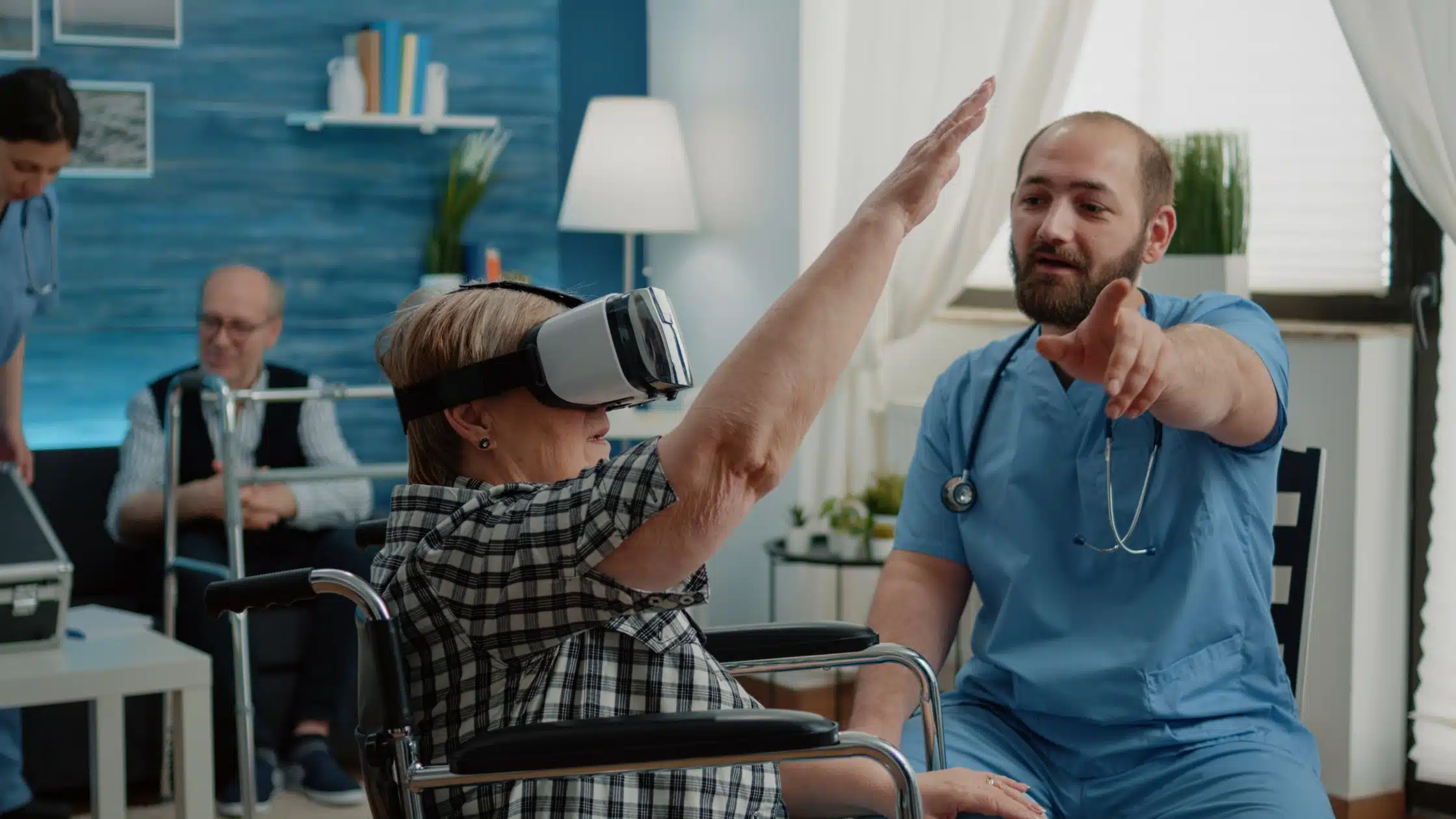Gamification in Clinical Trials: Enhancing Patient Retention and Engagement
Gamification in clinical trials has emerged as a promising approach to increase patient engagement, improve retention, and enhance compliance. With high dropout rates affecting the success of clinical studies, the use of gamification offers an innovative way to keep clinical trial participants motivated. By incorporating game design elements, such as badges, rewards, and interactive tasks, researchers can create a more immersive and engaging experience for patients in clinical trials.
This article explores the potential of gamification, its impact on retention and engagement in clinical trials, and how pharmaceutical companies and CROs are leveraging it to improve clinical research outcomes.
Outline of the Article
- What is Gamification in Clinical Trials?
- Why is Patient Retention and Engagement Important in Clinical Trials?
- How Can Gamification Improve Clinical Trial Outcomes?
- What Are the Key Gamification Elements Used in Clinical Trials?
- How Gamification Enhances Participant Motivation and Adherence
- The Role of Gamification in ePRO and Data Collection
- Challenges in Clinical Trials and How Gamification Can Help
- Case Studies: Successful Gamification in Clinical Research
- The Future of Gamification in Clinical Trials (2025 and Beyond)
- How to Incorporate Gamification into Clinical Trials Effectively
What is Gamification in Clinical Trials?
Gamification in clinical trials refers to the application of game design principles in medical research to enhance engagement and increase patient engagement. Unlike traditional approaches, which rely solely on structured protocols, gamified strategies incorporate interactive and rewarding experiences to keep participants engaged throughout the study.
By using game design elements like challenges, progress tracking, and incentives, clinical research teams can make trial participation more engaging. This method to improve clinical trials helps in reducing high dropout rates and boosting compliance in clinical trials.
Why is Patient Retention and Engagement Important in Clinical Trials?
One of the biggest challenges in clinical trials is maintaining patient retention and engagement. High dropout rates can lead to clinical trials fail scenarios, where studies are abandoned due to insufficient data. Ensuring patient engagement and compliance is key to the success of any study.
A well-structured gamification strategy provides clinical trial participants with a sense of purpose, making it easier for them to stay motivated. This is particularly useful in decentralized clinical trials, where remote participation can lead to disengagement.
How Can Gamification Improve Clinical Trial Outcomes?
Gamification could help improve patient adherence and reduce dropout rates by making participation more interactive. Some ways gamification works in clinical trials include:
- Encouraging active participation through progress tracking and milestones.
- Providing incentives like points, rewards, or recognition for completed tasks.
- Enhancing participant engagement through interactive educational content.
By integrating gamification techniques, researchers can enhance clinical trial outcomes and improve participant retention.
What Are the Key Gamification Elements Used in Clinical Trials?
Several gamification elements are commonly used in clinical research to keep participants engaged. These include:
- Badges and Rewards: Participants receive recognition for completing study tasks.
- Milestones and Progress Tracking: Ensuring a sense of purpose by setting clear goals.
- Virtual Patient Scenarios: Using virtual patient experiences for better understanding.
- Avatar-Based Engagement: Allowing participants to create avatars for a more immersive experience.
Each of these elements helps in enhancing engagement and ensuring compliance rate improvement.
How Gamification Enhances Participant Motivation and Adherence
The effects of gamification in clinical research extend beyond entertainment—it significantly improves engagement and adherence. Gamification provides an opportunity for trial engagement by:
- Keeping participants engaged with regular challenges and updates.
- Improving patient experience through interactive digital tools.
- Enhancing motivation by offering tangible incentives for participation.
Patient engagement and retention are crucial for study success, and gamification can be used to make trial participation more enjoyable.
The Role of Gamification in ePRO and Data Collection
Electronic patient-reported outcomes (ePRO) are essential for gathering data quality in clinical trials. Gamification techniques help in:
- Encouraging timely data submission by rewarding participation.
- Enhancing participant engagement through interactive surveys.
- Improving data accuracy by reducing participant fatigue.
The healthcare gamification market is growing as CROs and pharmaceutical companies recognise the impact of gamification’s role in data collection.
Challenges in Clinical Trials and How Gamification Can Help
Several challenges affect engagement and compliance in clinical research, including:
- High dropout rates due to participant fatigue.
- Low adherence to trial protocol because of complex procedures.
- Lack of engagement in long-term studies.
By incorporating game design elements, researchers can increase engagement and encourage compliance. This leads to significant improvements in patient retention.
Case Studies: Successful Gamification in Clinical Research
Several real-world examples demonstrate how gamification works in clinical settings:
- A leading CRO implemented a gamification strategy in a cardiovascular study, reducing dropout rates by 30%.
- Healthcare simulation technology platforms introduced game design elements in patient education, leading to improved engagement and motivation.
These examples highlight how gamification can be used to enhance compliance rate and improve patient experience.
The Future of Gamification in Clinical Trials (2025 and Beyond)
The compound annual growth rate of the healthcare gamification market is increasing, with innovations in game design elements and data quality management. In 2025, trends include:
- Greater use of avatars and virtual patient interactions.
- Integration with electronic patient-reported outcomes (ePRO).
- Expansion of decentralized clinical trials using gamified approaches.
As the industry advances, gamification in clinical trials will become a standard tool for patient-centered research.
How to Incorporate Gamification into Clinical Trials Effectively
To successfully implement gamification, clinical trials arena researchers should:
- Use engaging digital platforms to keep participants engaged throughout the study.
- Ensure privacy and compliance with a clear privacy policy.
- Monitor engagement and adherence using gamified progress tracking.
By following these strategies, clinical trials could see significant improvements in patient retention and trial engagement.
Key Takeaways
- Gamification in clinical trials is an innovative way to improve patient engagement and retention.
- Gamification elements like rewards, milestones, and virtual simulations help keep clinical trial participants engaged.
- High dropout rates can be reduced by implementing game design elements in study protocols.
- The healthcare gamification market is growing, and 2025 will bring new innovations in clinical research.
- By using electronic patient-reported outcomes (ePRO) and interactive tools, researchers can enhance engagement and compliance in clinical studies.
To read the full insights on how gamification could help transform research, stay updated with the latest trends in clinical trials arena.

